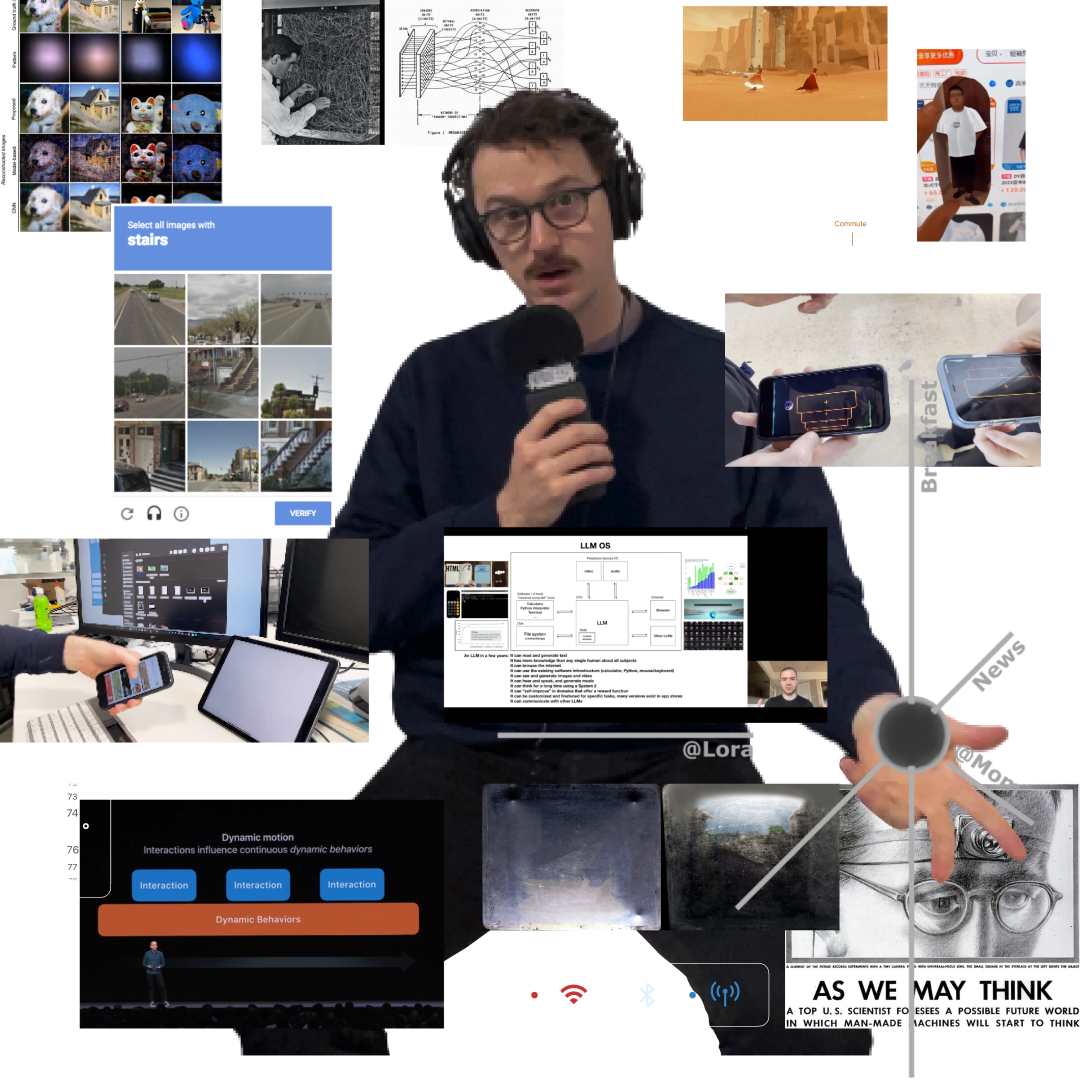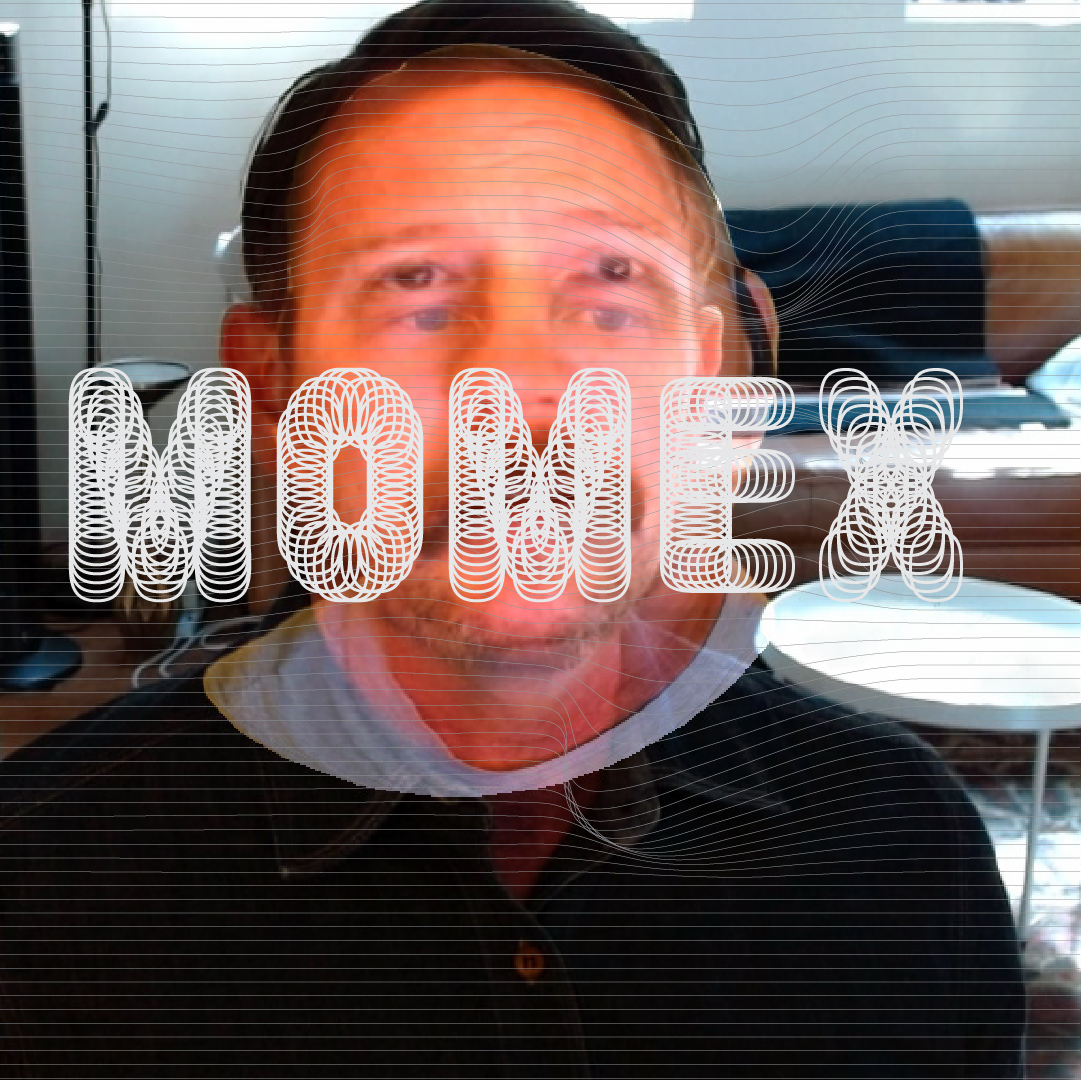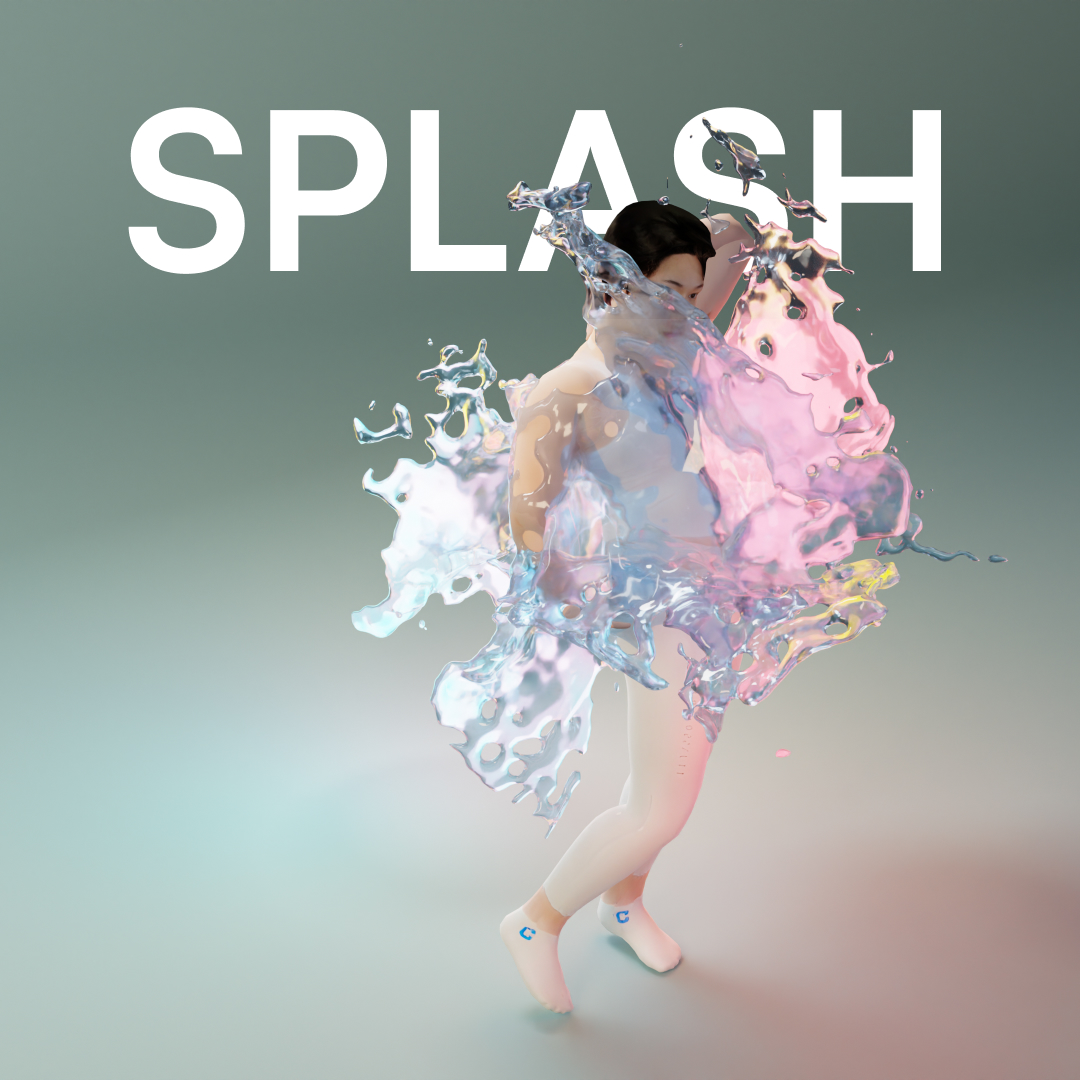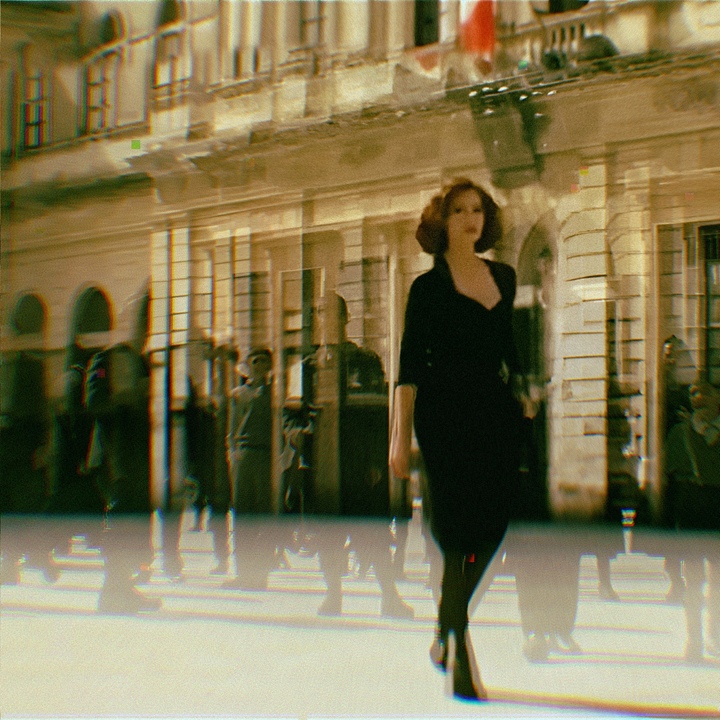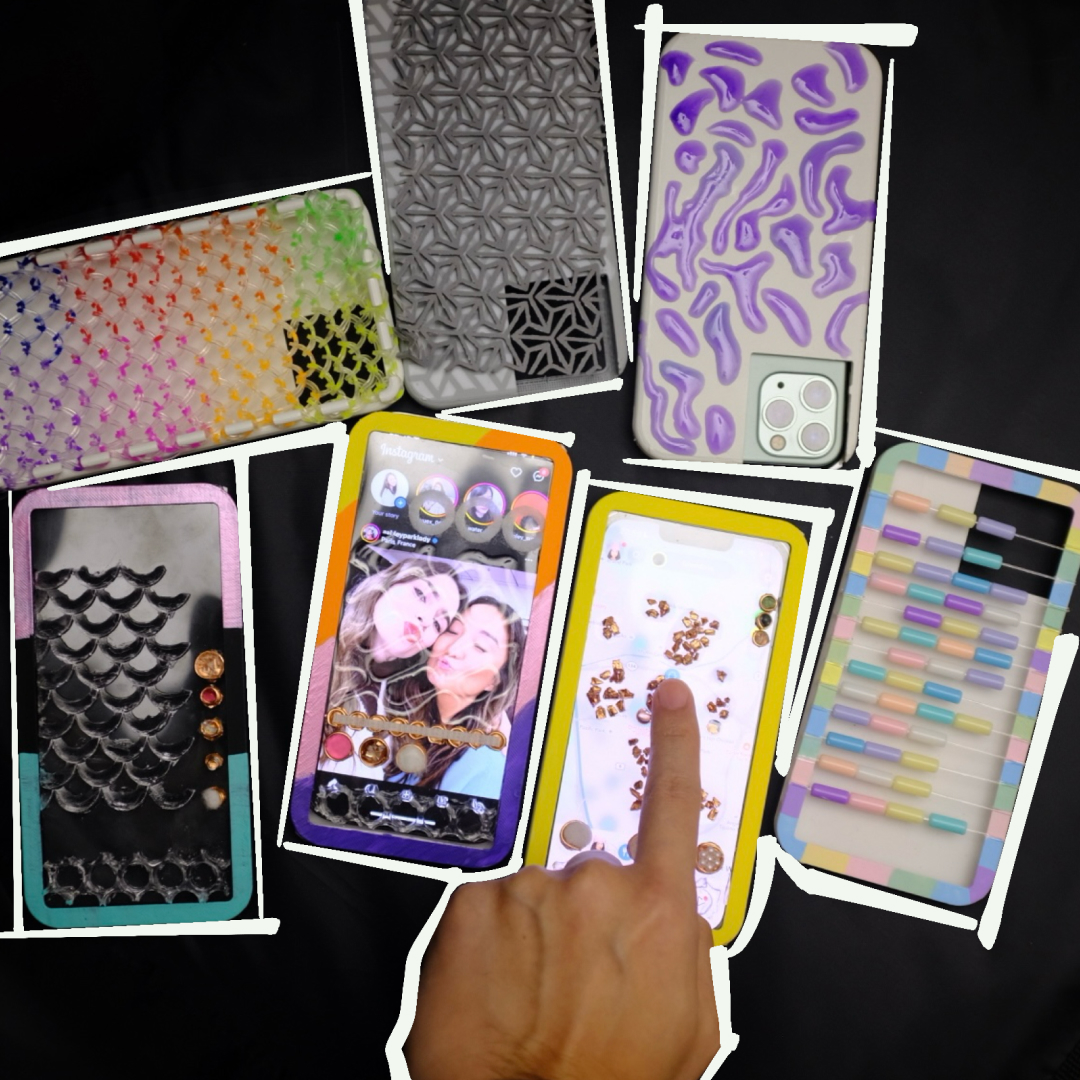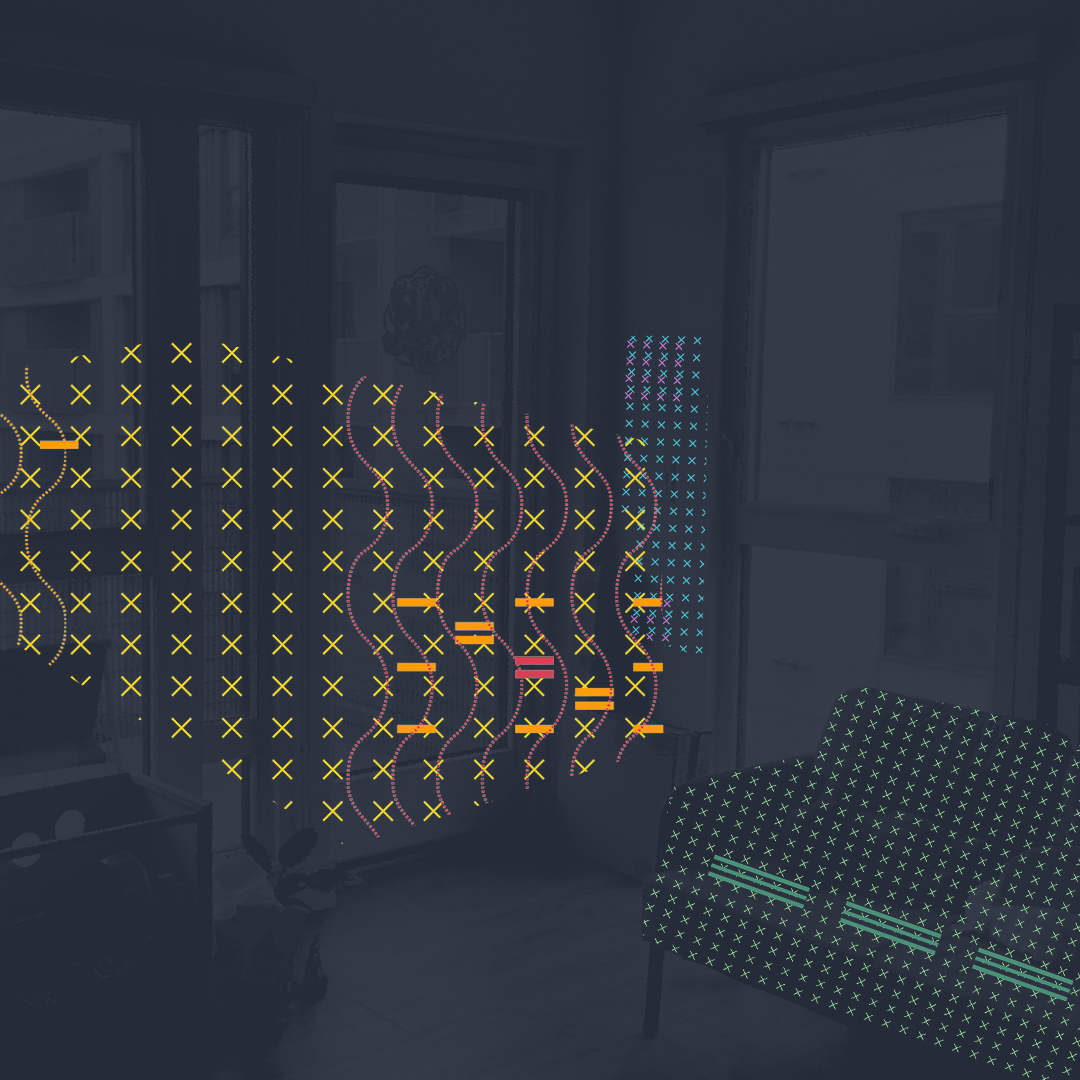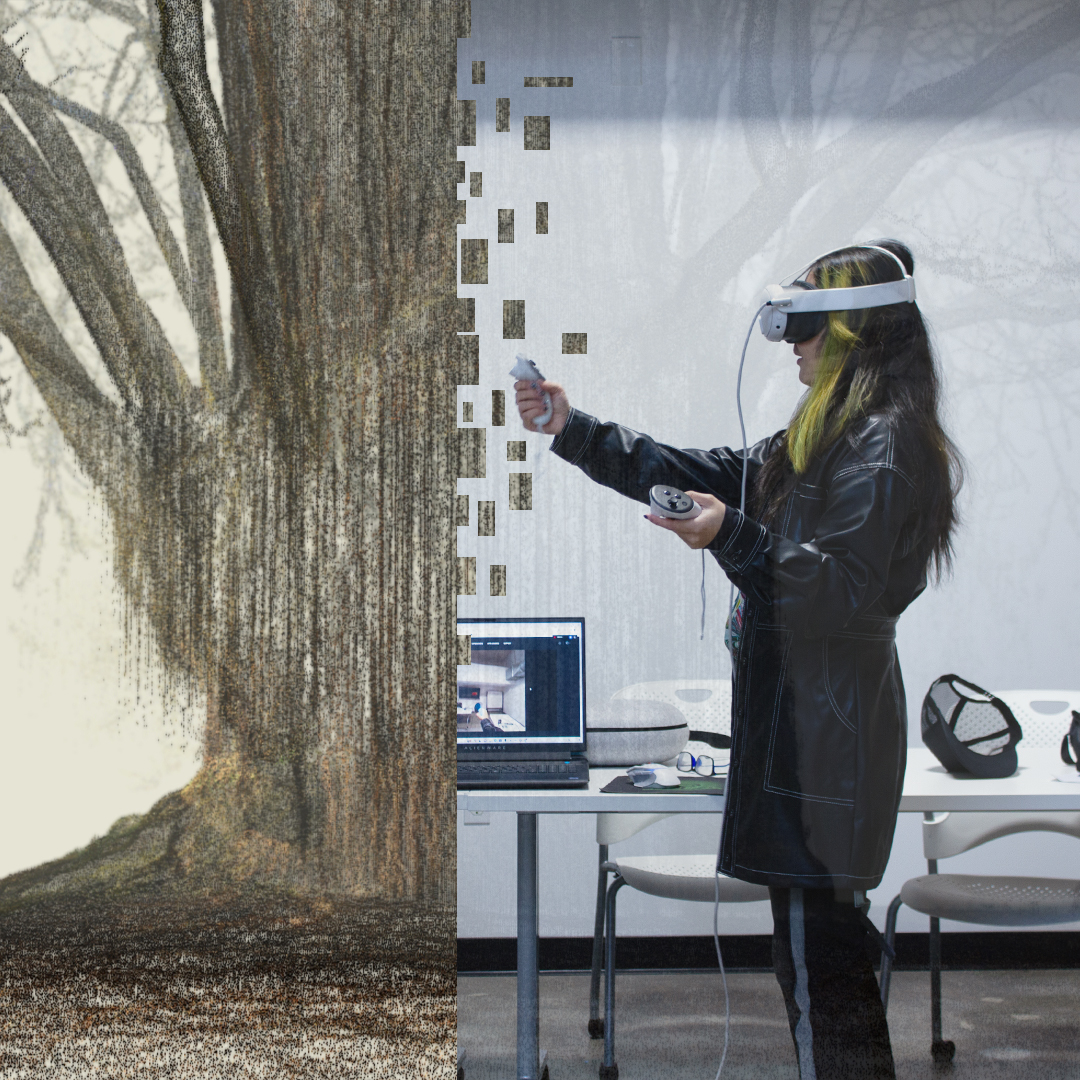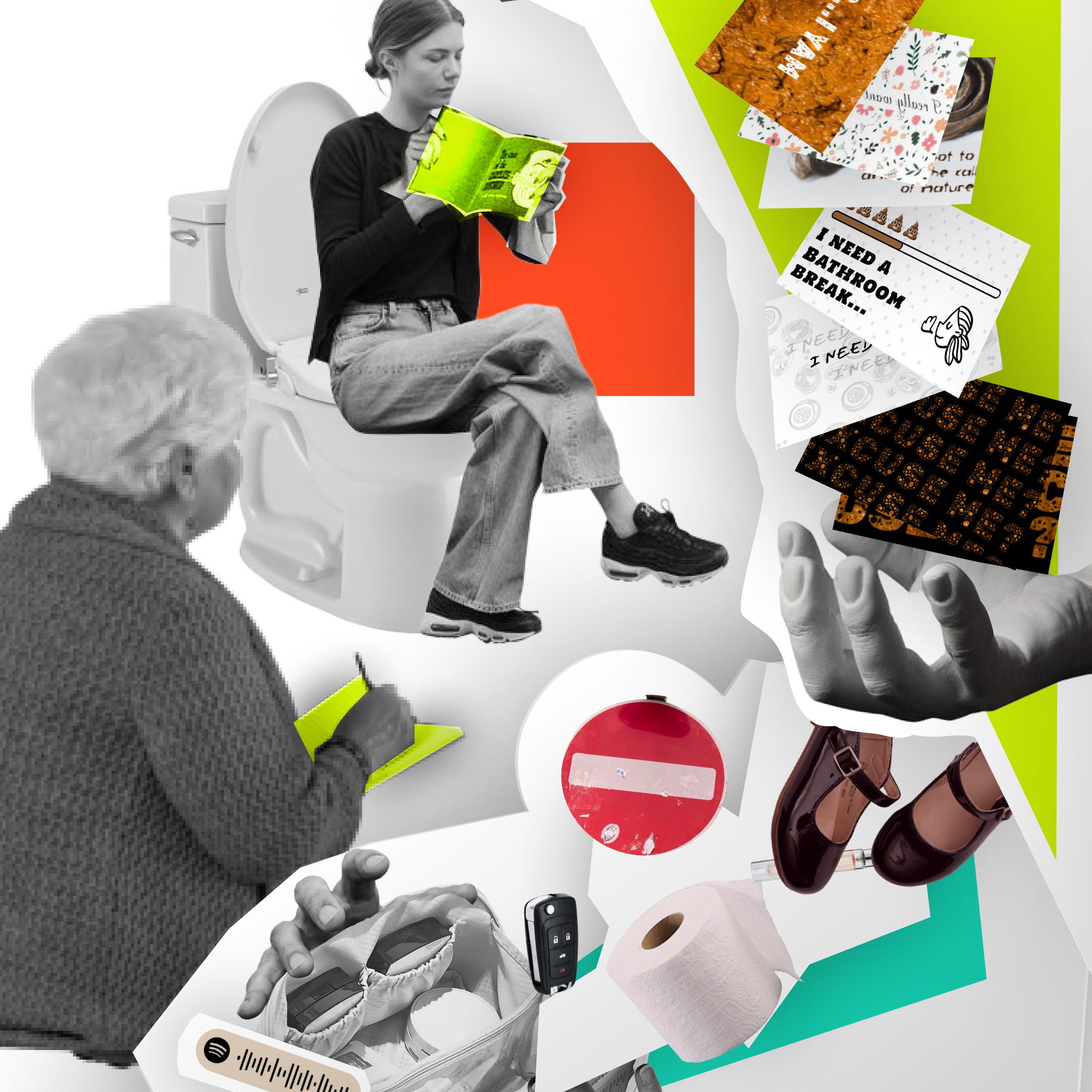GRADUATE MEDIA DESIGN PRACTICES @ARTCENTER PRESENTS THESIS LIVE 2024 – TUESDAY, APRIL 2 @4PM PT
Join us for an afternoon of waste brands, fluid fashion, stream-of-consciousness search, post UX OS, bathroom book clubs, hapticscapes, topographic touch screens, six-flags for self-driving cars, carbon coastlines, real-time re-casting, odiferous interactions, aliveness storage systems, robot roommates, time-released memories, dialogic machine logic, delivery service supplications, user-tracked imaginaria…
Hosted by MDP Thesis Lead Faculty: Elise Co, Sean Donahue, and Tim Durfee
Guest Respondents: Mashinka Firunts Hakopian, Ph.D., Associate Professor, ArtCenter College of Design; and Robert Kett, Ph.D., Associate Professor of Design Anthropology, ArtCenter College of Design and Adjunct Curator of Architecture + Design at the Palm Springs Art Museum.






